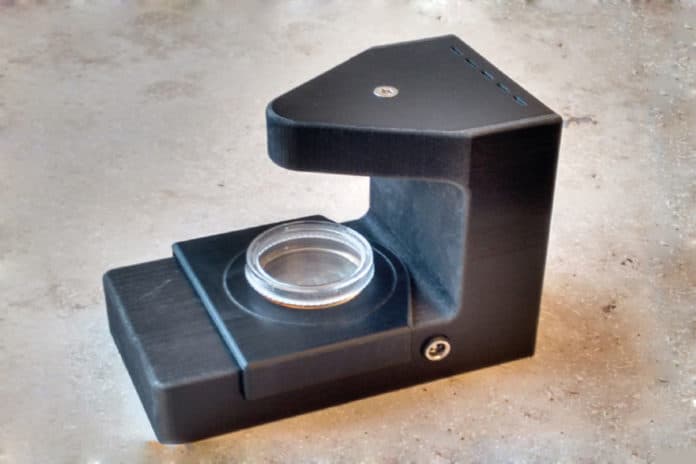Asthma is a difficult condition to diagnose, especially in children, and is often diagnosed after other conditions are ruled out. Early diagnosis of asthma in young children is important for proper treatment.
A team of researchers at the Fraunhofer Research Institution for Marine Biotechnology and Cell Technology, along with some high-tech companies, is working on developing the holographic microscope, also referred to as a cell scanner that enables automatic, three-dimensional tracking of immune cells in real-time.
The miniaturized microscope comprises an LED and an optical CMOS image sensor that is linked with the computer software.
How the technology works? Basically, the blood and a substance that triggers the inflammatory stimulus are filled into a microfluidic cartridge and then placed under the specially developed holographic microscope. It then observes the immune cells in the drop of blood for about 90 minutes.
The images are evaluated using specially developed algorithms. It recognizes the characteristic patterns in the complex movement patterns of thousands of cells. Then based on their movement pattern, it can be determined whether the patient has asthma or not.
“We can observe 2000 to 3000 cells simultaneously, ensuring high statistical precision,” says Dr. Daniel Rapoport, head of the Working Group.
“AI lets us identify deviations in the patterns. We use self-learning algorithms to capture these differences. Extensive training data helps the neural networks recognize patterns and distinguish between the profiles of asthma sufferers and healthy individuals.”
The team further claimed that their method could also be used to analyze other diseases such as Crohn’s disease, ulcerative colitis, and rheumatism. “Diagnosing these conditions is a long, tedious process and can be expedited considerably with a tailored rapid test,” says the Lübeck-based researcher.
